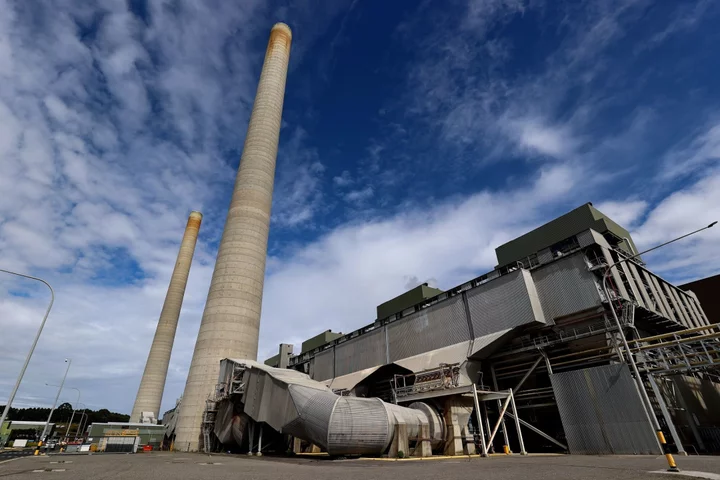
Australia Rethinks Biggest Coal Plant’s Exit Amid Power Concerns
Australia’s New South Wales state will hold talks with Origin Energy Ltd. over plans to shutter the nation’s
2023-09-05 11:30
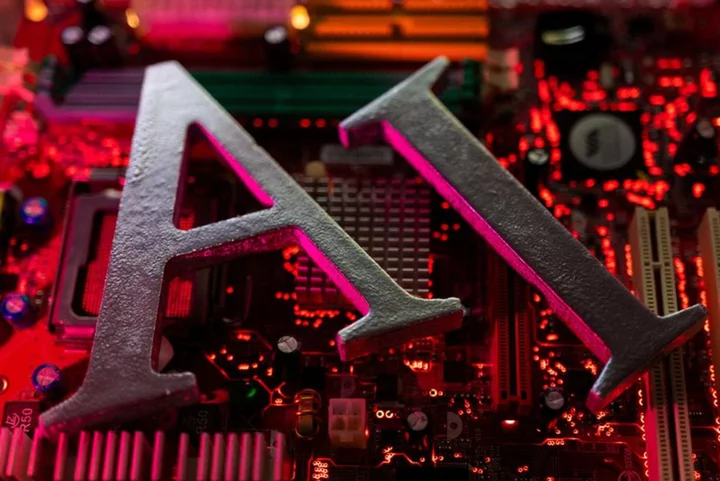
China's 360 to open AI model to the public - state media
BEIJING China's tech firm 360 Security Technology will open its AI model, Zhinao, to the public, China's state-backed
2023-09-05 09:25

Africa Needs More Than $100 Billion a Year for Climate Adaptation, Study Shows
Africa may need an almost tenfold increase in climate adaptation funding to $100 billion a year if it’s
2023-09-05 09:00

China Warns Haikui Will Bring Heavy Downpours to Coastal Regions
China warned that Haikui will bring heavy rains to regions in its south and east as concern lingers
2023-09-05 08:58
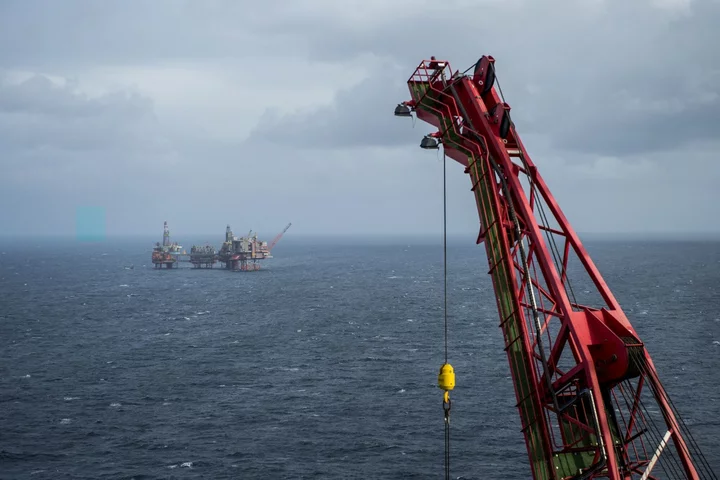
UK North Sea Carbon Emissions Fall for Third Consecutive Year
Greenhouse gas emissions from offshore oil facilities in the UK fell for a third consecutive year in 2022
2023-09-05 07:01

Global Banks Aren’t Walking The Talk on Emissions, Study Shows
The world’s biggest banks aren’t telling stakeholders what they need to know to judge how big the industry’s
2023-09-05 07:01
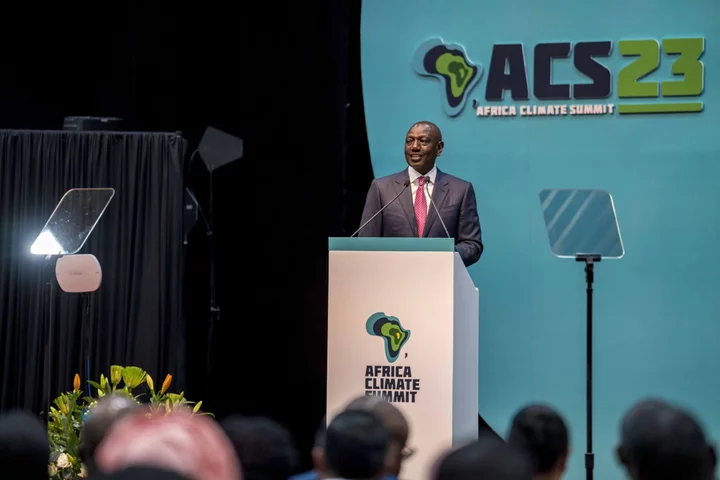
Germany Backs Kenya Hydrogen in Raft of African Climate Pledges
Germany will announce €450 million ($486 million) of climate finance pledges at the inaugural Africa climate summit including
2023-09-05 02:25
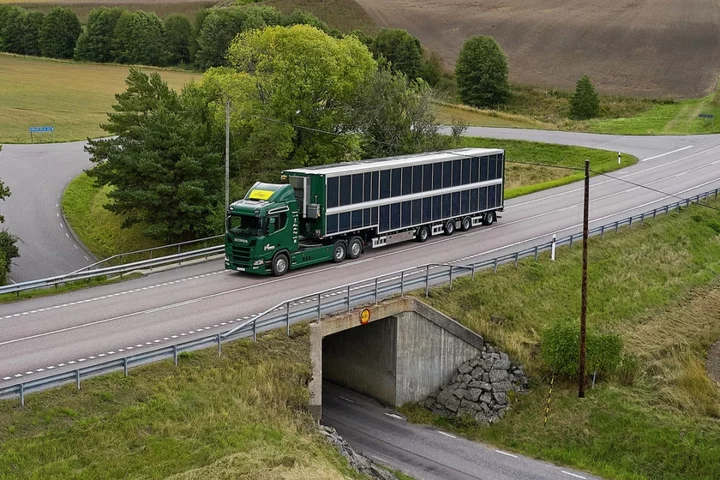
World’s first solar powered hybrid truck tested on public roads
Swedish truck giant Scania has unveiled a first-of-its-kind hybrid lorry covered in dozens of solar panels that are capable of providing up to 10,000 kilometres of range annually. The next-generation vehicle has already been successfully tested on public roads, with Scania hoping to develop the technology for use in commercial transport fleets. “Never before have solar panels been used to generate energy to a truck’s powertrain like we do in this collaboration,” said Stas Krupenia, who heads Scania’s research department. “This natural energy source can significantly decrease emissions in the transport sector.” The energy produced by the solar panels provide the truck with a driving range of up to 5,000 kilometres per year in Sweden, though this would double in countries with more sunshine like Spain. The researchers who created the concept believe future versions could double the solar energy generation to improve the range even further by making use of new perovskite solar cells. “Our research towards efficient and light solar cells will be truly important, especially when it comes to applying them in future trucks,” said Erik Johansson, a professor of physical chemistry at Uppsala University in Sweden who was involved in the project. “This is an exciting project where academia and industry together try to decrease the climate impact from truck transports. The results from this unique truck will be very interesting.” The hybrid truck forms part of a push by companies and institutions around the world to research ways to transition away from fossil fuel-powered vehicles towards more sustainable solutions. Last year, Dutch startup Lightyear showcased a solar-powered car capable of travelling hundreds of kilometres on a single charge. Described as the “world’s most efficient and sustainable” vehicle, the Lightyear One is already available for pre-order and is expected to be the first four-wheeled solar-powered car capable of carrying more than one passenger to make it to market. “Our road tests confirm that we’re on track to producing the most aerodynamic five-seater to date,” the firm stated in a release posted to its website. “As our world moves to more sustainable energy sources, Lightyear is driving the development of clean mobility in the automotive industry.” Read More Hundreds of years after it was discovered, one material is about to change the world Apple is about to make a huge change to the iPhone that it never wanted to do Vodafone users say they can’t call people Microsoft is removing its decades-old text editor
2023-09-05 00:56

iPhone 15: Apple’s new phone will finally bring new charging plug after years of resistance
The iPhone 15 is just days from launch, and will come with a change that Apple might never have wanted to make. The company will remove the Lightning port from the bottom of the iPhone, where it has been used for charging and data transfer since the iPhone 5 in 2012. Instead, it will move to USB-C, a slightly larger and more generic port. Apple has long resisted that port, even as it has comes to other Apple devices including its iPads and MacBooks. But it has been forced to do so by new rules coming from the European Union, which seek to reduce clutter and digital waste by requiring companies to use one charger. That new ruling applies to everything: not just phones, but other small electronic devices such as tablets and GPS systems. But since it was announced, much of the discussion has focused on Apple and its iPhone, largely because it was the only major company to resist the change. When the regulation was being discussed, Apple publicly and unusually criticised it. It said that the change would actually lead to more digital waste, since iPhone users would be forced to throw away their old cables, and that it would set a dangerous precedent in allowing governments to change how products are designed. Instead, it encouraged regulators to look at the other end of the cable: the one that plugs into the wall. If that was standardised then users could still rely on having somewhere to plug their cable into, and Apple already sells the iPhone with USB-C to Lightning cables. But late last year, after years of discussions, the European Parliament approved new rules that would require new devices to support USB-C. Apple confirmed soon after that it would comply with the rules. Apple does not intend to mention any of those regulatory changes or its opposition to them when it announces the iPhone at an event next week, however, according to a new report Bloomberg. Instead, it will aim to stress the benefits of the new technology. Apple will focus on the fact that customers will be able to use a single charging cable for their iPhones as well as their Macs and iPads; that there will be faster transfer speeds for the more expensive Pro phones; that charging will also sometimes be faster; and that they can be used with chargers from other, non-Apple devices. Some have suggested that Apple could limit the USB-C phones to Europe. But would have led to supply chain problems and customer confusion, the Bloomberg report suggested. Apple is still faced with a number of drawbacks for the change, however, including spending on the switch and losing money from licensing products that work with Lightning. The biggest danger might be opposition from users: when Apple switched to Lightning in 2012, it received sustained criticism from customers who were forced not only to buy new wires but also new devices such as docks that relied on that connection. This time around, however, customers might be more ready for the switch since USB-C is already used in so many products. The company will also put a USB-C cable in the box, and has been focusing on other charging technologies such as its proprietary MagSafe. However, Apple removed the charging brick from iPhone boxes with the iPhone 12 in 2020, and touted the environmental effects of doing so in a way that suggested it would not add it back again. As such, some customers might find themselves with enough cables, but nothing to plug them into, Bloomberg suggested. Read More Here’s when you will actually be able to get the new iPhone Apple is about to reveal the new iPhone – and a lot more Apple announces major event to reveal new phone Apple says its new product is making people ‘audibly gasp’ The powerful technology hidden in every iPhone – and all around you Vodafone users say they can’t call people
2023-09-05 00:32
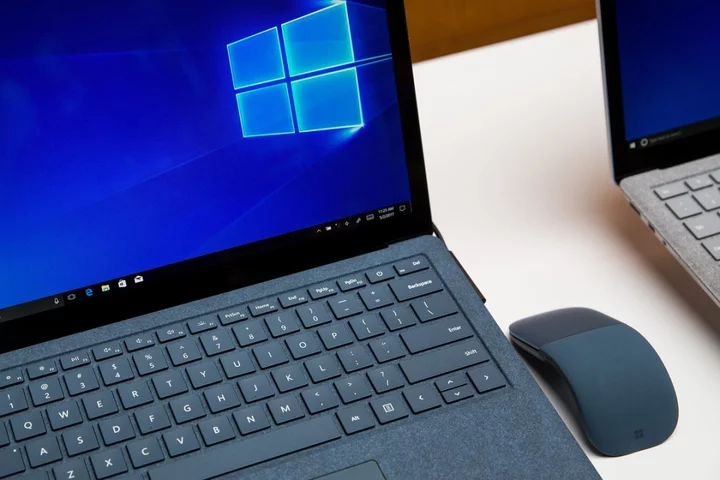
Microsoft Windows is removing WordPad, its decades-old text editor
Microsoft is killing off WordPad, its decades-old text editor in Windows. The company will no longer update the software. It will then remove it from a future version of Windows. WordPad has been around since Windows 95. It has stood somewhere between Word, its more fully-featured text editor, and the simplicity of Notepad. “WordPad is no longer being updated and will be removed in a future release of Windows,” Microsoft wrote in a support note. “We recommend Microsoft Word for rich text documents like .doc and .rtf and Windows Notepad for plain text documents like .txt.” WordPad has always been offered for free, in contrast to Microsoft Word, which requires the payment of a fee or subscription. But it lacked many features of Word such as a spellchecker, too, and is unable to save into some key formats. The support note did not explain why it would be removing the software. It added to a page of deprecated software that notes that “new versions [of Windows] also remove features and functionality, often because they’ve added a newer option”. Microsoft’s announcement came soon after it released new updates for Notepad, which also comes free but does not offer the same formatting or features as WordPad or Word. It will be getting autosave and other new features, after the recent addition of dark mode and other changes. As well as coming under competition from its more full-featured and more simplistic siblings, other third-party options such as Google Docs also offer many of the same tools – and much more besides. WordPad on the other hand has been barely touched in years. It was last updated with Windows 8, more than ten years ago, and even then received only a small redesign. Read More Microsoft makes big changes to takeover of Activision Blizzard SpaceX smashes rocket launch record as Musk eyes historic Starship mission Vodafone users say they can’t call people
2023-09-04 23:21
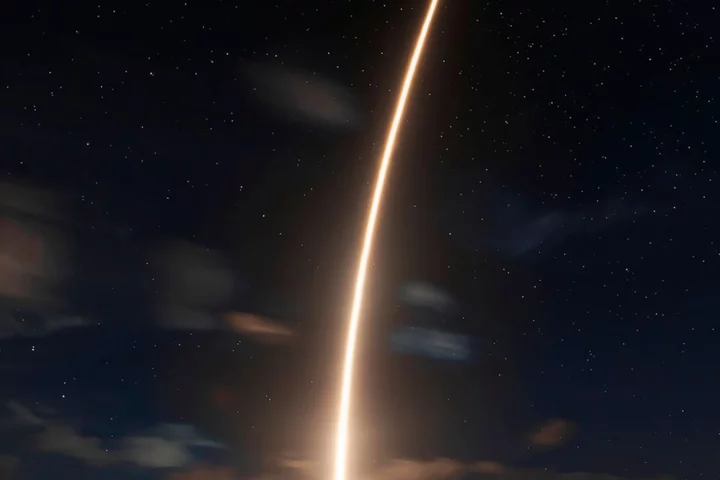
SpaceX smashes rocket launch record as Musk eyes historic Starship mission
SpaceX has broken its own record for the number of launches in a single year with its 62nd rocket sent into space on Sunday. A Falcon 9 carrying Starlink internet satellites lifted off from Nasa’s Kennedy Space Center in Cape Canaveral, Florida, at 10.47pm local time, surpassing the previous milestone of 61 launches set in 2022. It was the 10th flight for the first stage booster rocket, with SpaceX also breaking a separate record earlier this year for launching reused rockets. The Falcon 9 rocket landed on a drone ship in the Atlantic Ocean after delivering the Starlink satellites into low-Earth orbit. SpaceX boss Elon Musk said SpaceX could complete up to 100 rocket launches this year, making the private space firm by far the most prolific company or space agency to send payloads into space. “SpaceX has delivered ~80 per cent of all Earth payload mass to orbit in 2023. China is ~10 per cent and rest of world other ~10 per cent,” Mr Musk posted on X, formerly known as Twitter. “Based on the Falcon launch plan for next year, SpaceX will deliver ~90 per cent of all Earth payload to orbit. Starship will take that to >99 per cent in future years. These magnitudes are madness to consider, but necessary to make consciousness multiplanetary.” SpaceX’s Starship is the largest and most powerful rocket ever built – measuring 121 metres in height and with a thrust of 5,000 metric tons – but is yet to successfully complete an orbital flight. Following a successful high-altitude flight test in 2021, SpaceX attempted a 90 minute orbital flight earlier this year but it exploded just three minutes into the flight. The next attempt is expected to take place this month, though no exact date has been set. More than 1,000 design changes have been made to the craft since the first failed attempt, including new venting systems and heat shields to improve the stage separation of the upper and lower stages of the rocket. The US Federal Aviation Administration (FAA) is yet to grant a launch licence for the latest mission amid concerns about issues revealed in the first orbital launch attempt. SpaceX has already secured a multi-billion dollar deal with Nasa to keep developing Starship for use on the US space agency’s Artemis mission, which aims to return astronauts to the Moon this decade. Mr Musk has previously said that Starship is integral to his plans to turn humanity into a multi-planetary species, with the aim of deploying a fleet of Starships to establish a permanent colony on Mars before 2050. Read More ‘It’s like an airport’: How SpaceX normalised rocket launches SpaceX crew streak across sky before splashing down off Florida coast Watch live: SpaceX launches satellites for US Space Development Agency Elon Musk’s SpaceX sued over allegations of hiring discrimination
2023-09-04 23:11

Wildfires Cost Europe €4.1 Billion as Temperatures Hit Records
Wildfires have cost Europe an estimated €4.1 billion ($4.43 billion) in damages so far this year, as extreme
2023-09-04 22:47
You Might Like...

Scientists discover that plants make sounds when hurt that you can hear

Meta Reports Earnings Today. Watch for the Story in Ad Revenue.

Scientists invent world's first ‘breathing, sweating, shivering’ robot
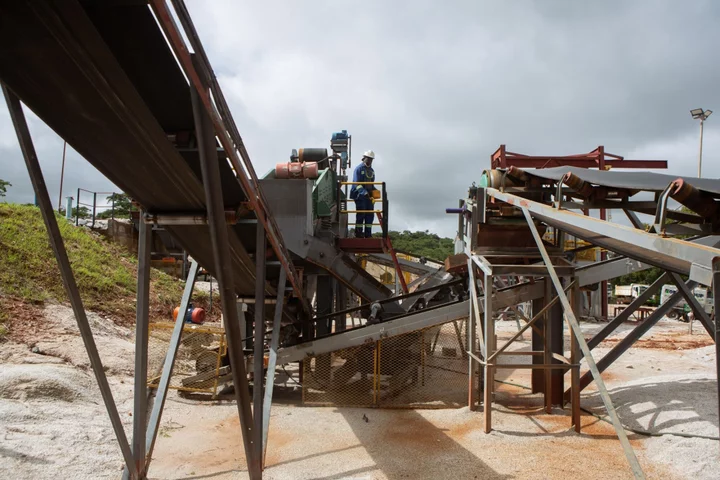
China to Invest $2.8 Billion in Zimbabwe in Lithium, Energy
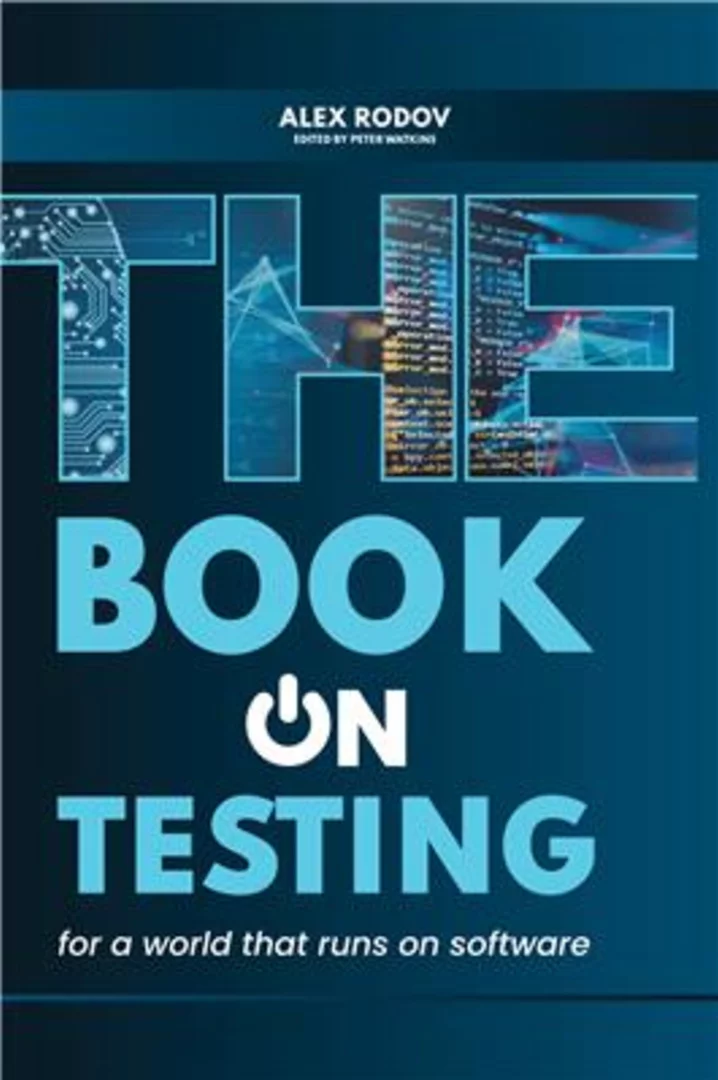
Alex Rodov Announces The Book on Testing, Highlighting the Critical Importance of Software Testing

These Stocks Are Moving the Most Today: Boeing, Novo Nordisk, Tyson Foods, Home Depot, Walmart, and More
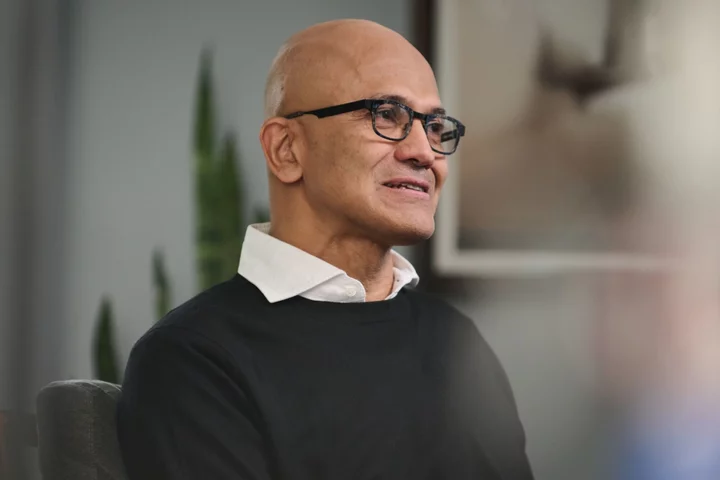
Microsoft CEO Says Smaller Companies Can Still Compete in AI
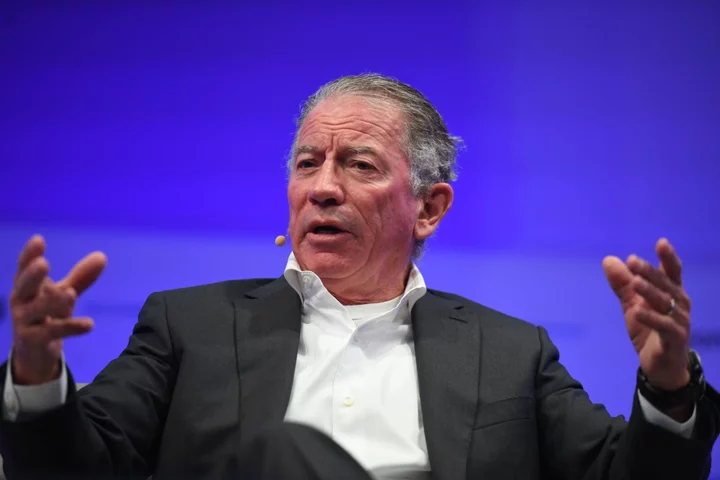
AI Darling Criticized for Product Delays, Founder Tom Siebel’s Micromanaging
